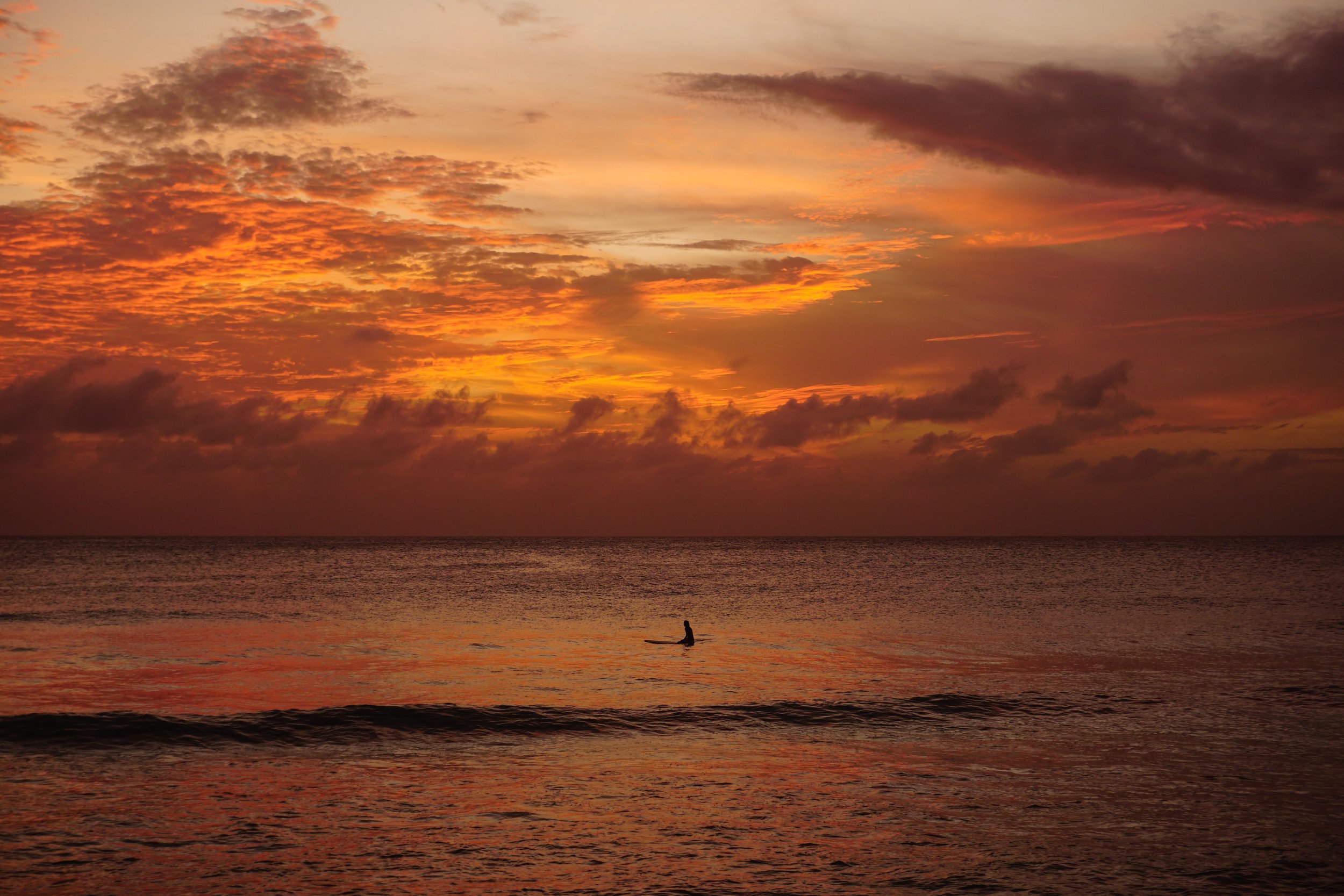Where to Find the Green Monkeys in Barbados: A Unique Wildlife Experience
Barbados is home to some mischievous little creatures that you can find all over the island, from the gullies to people's gardens! These are the green monkeys, which originally came from West Africa's Senegal and Gambia regions about 350 years ago. Over 75 generations, environmental differences and evolution have brought about unique characteristics in the Barbados monkeys, distinct from those found in West Africa.
The monkeys are primarily found in the parishes of St. John, St. Joseph, St. Andrew, and St. Thomas, where you can still find a lot of natural vegetation and woodlands. However, it's not unusual to see these playful monkeys travelling throughout the more built-up areas of Bridgetown and Oistins. I saw a few on an early morning walk around Coral Drive in Oistins!
If you're lucky, you might even spot an infant monkey being carried by its mother. The little one clings tightly to its mother's fur on her stomach and chest while she wraps a protective arm around him. As the infant grows older and more independent, it will start straying from its mother and only be carried when the troop moves or when there's a threat of danger.
What are Green Monkeys?
Green monkeys are a species of monkey originally native to West Africa. They were brought to Barbados by European explorers in the 17th century and have since flourished on the island. Green monkeys are so named because of their greenish-grey fur, which is more pronounced in males. They are social animals and live in large groups known as troops.
Where can you see Monkeys in Barbados?
Green monkeys and other animals can be seen all over the island of Barbados. However, if you want the best chance of seeing them up close, I would recommend visiting the Barbados Wildlife Reserve. The animals at the reserve are not kept in cages and are free to come and go as they please; so I felt comfortable visiting as a vegan.
The monkeys tend to congregate at the reserve, where they are fed fresh fruit a couple of times a day. This means that visitors to the reserve have a higher chance of seeing these amazing animals in their natural habitat without disturbing or harming them.
The Barbados Wildlife Reserve
The Barbados Wildlife Reserve is in the north of Barbaods and is an organization that is dedicated to the preservation and protection of green monkeys and other animals in Barbados. The reserve covers around 4 acres - meaning there’s loads of protected space for the animals. The thing I really loved about the reserve is that it provides a safe and natural environment for the animals, where they can live and play without fear of predators or harm from humans.
Visiting the Barbados Wildlife Reserve
Visiting the Barbados Wildlife Reserve was an unforgettable experience. You will have the opportunity to see the monkeys up close, as well as catching a glimpse of other animals, such as parrots, tortoises, and deer. The reserve offers a self-guided tour that takes approximately 45 minutes, during which you will be able to observe the animals in their natural habitat. Be aware it is a bit of a “hike” and is very slippy when wet! Wear good shoes and bring some water to drink.
Getting There
The Barbados Wildlife Reserve is located in the parish of St. Peter, approximately 30 minutes from Bridgetown. I would recommend hiring a car and driving there, in which case you can take Highway 2 towards Speightstown and follow the signs for the reserve.
If you are taking public transportation, take a bus to Speightstown and then a taxi to the reserve. At the time of writing, the reserve is open daily from 10:00 am to 5:00 pm.
The Animals
The animals at the Barbados Wildlife Reserve are diverse and fascinating, and they are sure to capture your attention. Apart from green monkeys, you can also see red-footed tortoises, iguanas, peacocks, and other tropical birds. The animals are well-cared-for and have plenty of space to run and play. They are fed a balanced diet of fruits, vegetables, and nuts and are regularly checked by veterinarians to ensure their health and well-being.
Things to Remember
Wear comfortable shoes and clothing as the tour involves walking.
Bring sunscreen, a hat, and insect repellent.
Do not feed the animals or touch them as they are wild animals.
Photography is allowed but only without flash.










